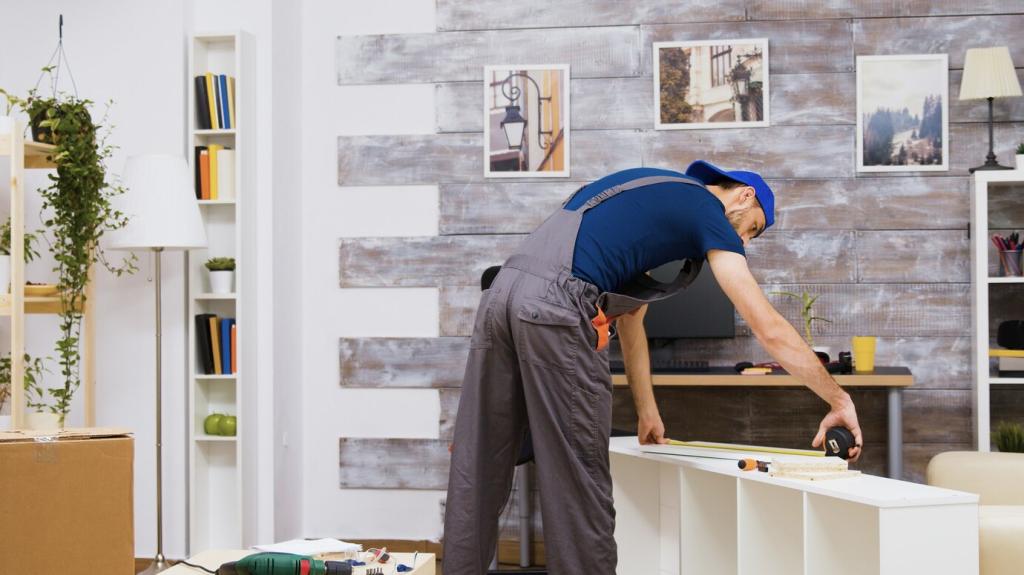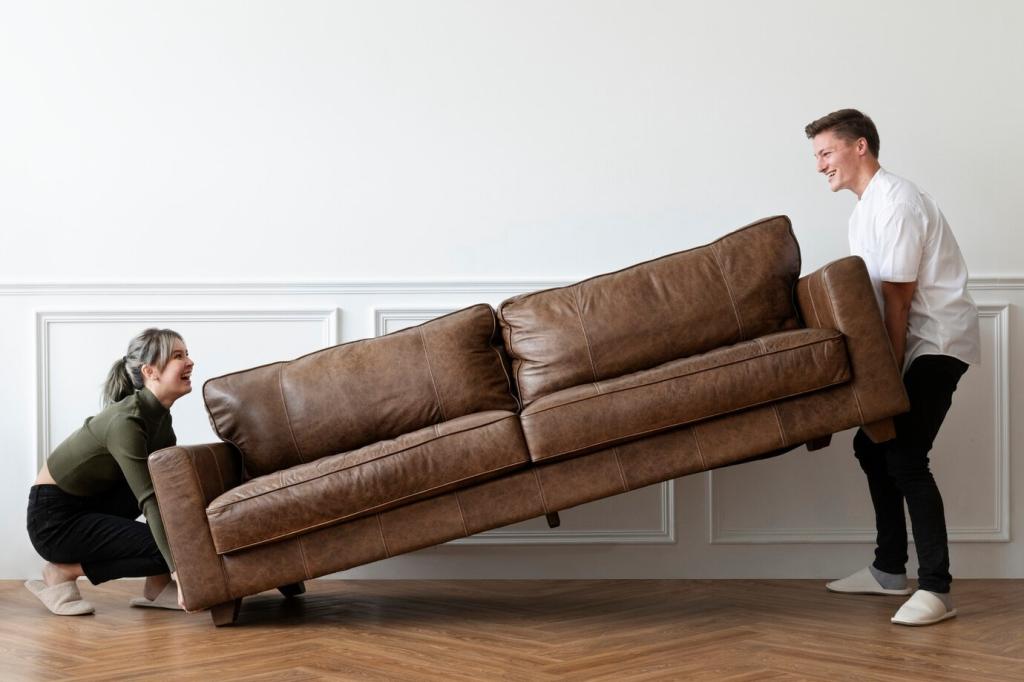
Best Practices for Outdoor Furniture Storage: Keep Your Patio Pieces Forever-Ready
Today’s chosen theme: Best Practices for Outdoor Furniture Storage. Welcome to your practical, friendly guide to safeguarding style and comfort through every season. We will show you how to prep, protect, and store your favorite outdoor pieces so they look and feel great the moment sunshine calls. Join the conversation, ask questions, and subscribe for seasonal checklists and smart reminders tailored to your patio life.

This is the heading
Lorem ipsum dolor sit amet, consectetur adipiscing elit. Ut elit tellus, luctus nec ullamcorper mattis, pulvinar dapibus leo.

This is the heading
Lorem ipsum dolor sit amet, consectetur adipiscing elit. Ut elit tellus, luctus nec ullamcorper mattis, pulvinar dapibus leo.
Clean, Dry, Disassemble: The Golden Pre-Storage Ritual
The Deep-Clean Checklist That Prevents Spring Regrets
Vacuum crevices, then wash with mild soap and lukewarm water. Rinse thoroughly and avoid pressure washers on delicate weave. For cushions, follow care tags and remove hidden debris that breeds mildew. Finish with a microfiber wipe-down for frames and slings. Want our printable checklist? Subscribe and get a seasonal prep guide straight to your inbox.
Stain and Mildew Triage, From Gentle Soap to Peroxide
Spot shiny grease with dish soap first, then escalate to oxygen-based cleaners for stubborn organic stains. Treat light mildew early, using diluted peroxide on colorfast fabrics or vinegar on non-reactive surfaces. Always test in a discreet spot. Document which products worked, and share your wins so fellow readers can learn from your experience.
Drying, Labeling, and Bagging Hardware Without Losing Your Mind
Allow pieces to dry fully, ideally twenty-four hours with good airflow. Bag all screws and brackets per item, label them with painter’s tape, and tuck the bag inside a cushion storage bin or tape it under the tabletop. Add a quick photo of assembly order to your phone, ensuring spring reassembly feels easy and frustration free.
Cover Smart: Breathable Protection Without Trapping Trouble
Choosing Covers: Denier, Seams, Vents, and Tie-Downs That Actually Work
Look for mid to high denier polyester with taped or heat-sealed seams and built-in vents. Elastic hems help, but buckle straps win windy days. Fit is everything; a cover that grazes the ground traps moisture. Tell us what furniture shapes you own, and we will recommend fit tips to avoid sagging water pockets.
Airflow First: Elevation Tricks That Beat Condensation
Slip small foam blocks or furniture feet under legs to raise frames one inch. Use vented covers and avoid wrapping plastic directly on wood. Add breathable spacers across tabletops so covers tent instead of cling. Elevation plus airflow prevents the clammy interior that encourages rust bloom and mildew colonies during long winters.
Avoid These Common Covering Mistakes
Do not cover wet cushions. Do not cinch covers to the ground. Do not let water pool in low spots. Avoid overstuffing deck boxes that block vents. Finally, schedule a midwinter peek to shake off snow or standing water. Comment with your biggest cover headache, and we will crowdsource solutions from readers.
Storage Spaces That Work: Sheds, Garages, Closets, and Deck Boxes
Create zones for cushions, frames, and accessories. Keep frequently accessed items at chest height and leave two inches of clearance around stacks for airflow. Use soft separators between tabletops and frames. Sketch your layout on paper and tape it inside the door so every family member puts items back where they belong.

Schedule brief sessions for cleaning, drying, disassembly, covering, and stowing. Building momentum through small wins feels better than a single exhausting push. Snap before and after photos, and keep a shared note with your family or roommates. Want our seasonal timeline template? Subscribe for a printable calendar tailored to your climate.

After storms, look for cover shifts, snow loads, and condensation. Vent the space briefly to refresh air, then reseal. Rotate desiccants, shake off pooled water, and re-tighten straps. These tiny visits prevent rust bloom and cushion funk. Tell us what your winter brings, and we will offer checklists aligned to your weather.

Uncover on a dry day with a gentle breeze. Inspect frames, wash cushions, and reassemble using the labeled hardware bags you prepared. Touch up finishes and add UV protectant where needed. Then invite friends, share photos of your refreshed space, and drop your best spring-ready tip in the comments for fellow readers.
Moisture Control: Desiccants, Pallets, and Smart Venting
Use calcium chloride tubs or silica gel canisters in closed spaces, and rest frames on pallets or risers to break contact with cold floors. Vent periodically to exchange air. Pair breathable covers with a no-plastic-directly-on-wood rule. Share your go to moisture fix, and we will test it in our next field guide.
Pest Defense: From Peppermint Oil to Steel Wool
Seal gaps with steel wool, store soft goods in latching bins, and place peppermint sachets where mice wander. Inspect cushion seams and zippers for hiding spots. If you live near fields or wooded edges, double up on barriers. Tell us what works in your area so neighbors can benefit from your hard-won knowledge.
Insurance, Warranties, and Documentation: Your Paper Shield
Photograph each piece before storage, keep receipts and warranty terms in a shared folder, and note serial numbers. If damage occurs, you have proof for claims or parts requests. This little admin habit pays off when storms surprise you. Subscribe for our documentation checklist to make it fast and painless.
